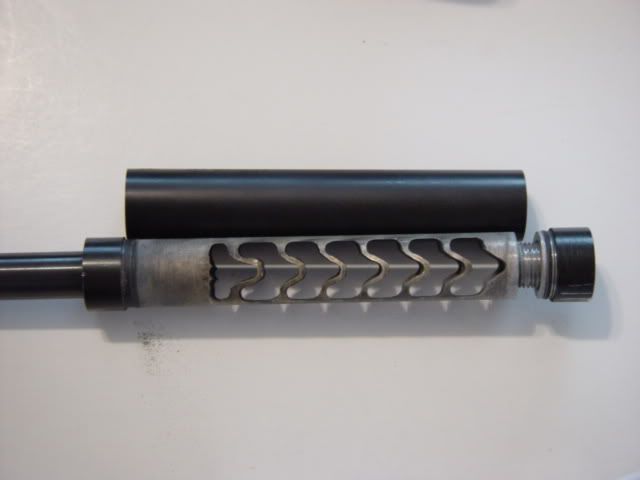My rimfire can is an AAC Pilot II. The first baffle is stainless and the rest along with the tube are aluminum. Being aluminum its not recommended to do the acid dip or use an ultrasonic cleaner. Both can destroy the aluminum. I use my ss pin wet tumbler to get most of the lead off then a pick and paitences for the rest.
My can will have stainless baffles, so I plan on either an ultrasonic cleaner or rotary tumbler. Maybe the acid dip as I have a co-worker whose husband works with lead acid batteries and can recycle the lead acetate. Thanks.

